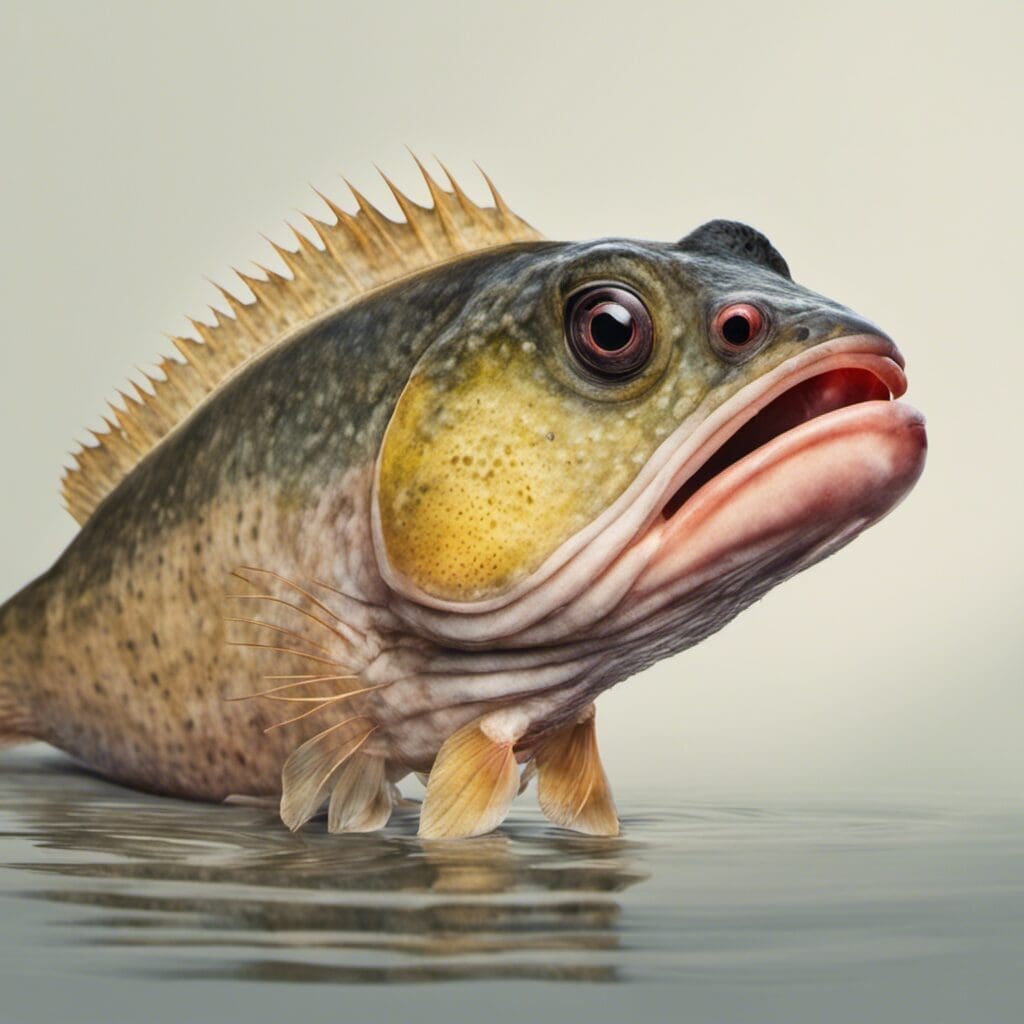Introduction
The Monkeyface Prickleback, scientifically named Cebidichthys violaceus, is a unique fish species belonging to the family Stichaeidae. These fascinating creatures are native to the eastern Pacific ocean, and are recognized for their elongated bodies and ability to survive in tidepools and other intertidal areas.
Conservation Status
The Monkeyface Prickleback is currently classified as “Least Concern” on the conservation status scale. This is mainly due to the species’ wide range and apparent stability of its population. Conservation efforts are not specifically targeted towards this species, but broader ocean conservation initiatives likely contribute to its protection.
Statistics
| Stat | Average | Range |
|---|---|---|
| Length | 20 inches | 6-30 inches |
| Weight | 1.5 lbs | 1-3 lbs |
| Lifespan | 12 years | N/A |
Distribution
This species is most commonly found along the western coastline of North America, from Alaska to Baja, California. No known migration patterns are associated with the Monkeyface Prickleback.
Habitats
Monkeyface Pricklebacks can be found in a variety of water types, primarily tidepools and other shallow, rocky coastlines. They favor moderate temperatures and depths, often found near or on the ocean floor in locations less than 100 feet deep.
When and Where to See
Due to their preference for shallow, rocky environments, Monkeyface Pricklebacks are most easily spotted near coastal tidepools, with sightings peaking during the summer months.
Best Fishing Locations
Due to their habitat preferences, the best fishing locations are in rocky coastal areas and tidepools along the North American Pacific coast. These locations may yield a higher chance of encountering a Monkeyface Prickleback:
1. Pacifica, California
2. Newport, Oregon
3. Sitka, Alaska
4. Ecola State Park, Oregon
5. La Jolla, California
6. Monterey, California
7. Humboldt County, California
8. Olympic National Park, Washington
9. Tillamook County, Oregon
10. Yachats, Oregon
How to Catch
Successful catching techniques for Monkeyface Pricklebacks often involve the use of live bait such as worms, corresponding with their natural diet. They respond well to bottom fishing techniques as they tend to dwell on or near the sea floor.
Identification Guide
Monkeyface Pricklebacks are characterized by a long, slender body shape and a distinct snout. They are mostly brown to black in color but exhibit a range of colors including olive, green, and even blue or purple. This species can also be identified by its fins, which often have noticeable spines.
Culinary
How to Cook
Monkeyface Prickleback is often prepared by grilling or roasting, with flavors amplified by fresh herbs and a good amount of lemon or lime.
Taste Profile
When cooked, the Monkeyface Prickleback offers a delicate, mildly sweet flavor similar to other whitefish species, with a firm yet flaky texture.
Nutritional Information
Monkeyface Prickleback is a good source of lean protein, low in fat, and rich in several essential vitamins and minerals.
Recipes
Some popular recipes include Prickleback Pesto Pasta and Grilled Prickleback with Lemon Herb Butter.
Additional Information
Monkeyface Pricklebacks primarily feed on seaweed and small invertebrates which they seek during the daytime. Little is known about their mating habits. Their main natural predators include sea birds, larger fish, and seals.
References and Further Reading
1. Fishbase - Cebidichthys violaceus
2. California Outdoors - MonkeyFace Prickleback
3. NOAA Fisheries – Monkeyface Prickleback
Note: All information is based on the latest available resources and should be cross-verified before use

